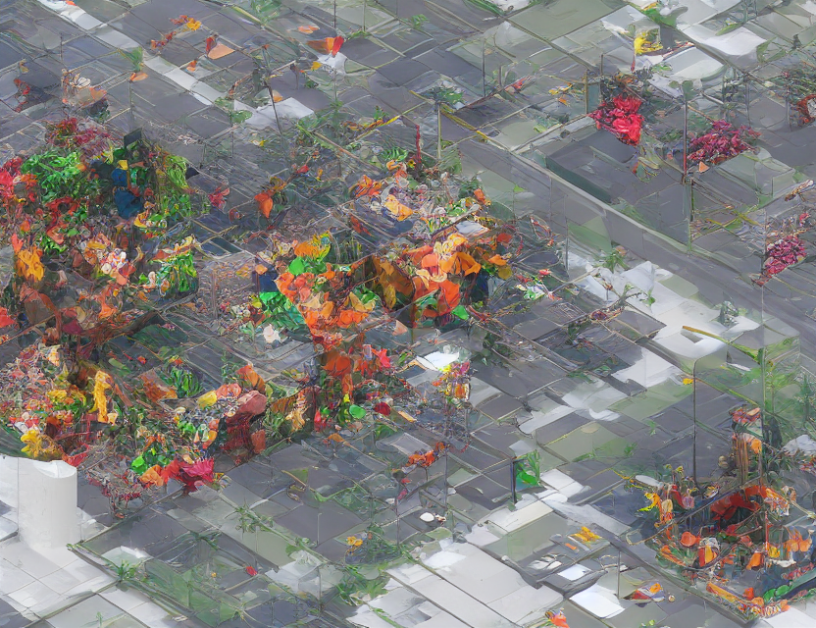In this article, we explore the realm of scene text recognition, a task crucial for modern computer vision systems. We delve into three primary decoding strategies employed by state-of-the-art models: Connectionist Temporal Classification (CTC), attention mechanism, and segmentation-based methods.
Imagine you’re trying to decipher a messy handwriting on a cluttered page. CTC-based approaches operate like a slow but steady typist, laboring through each character one at a time. Attention mechanisms act as a helpful assistant, focusing on specific parts of the text and guiding the decoding process. These models are like a skilled reader with a keen eye for detail, effortlessly navigating the page and uncovering the hidden message.
However, these methods face challenges, particularly when dealing with long texts. Autoregressive approaches, which resemble a typewriter cranking out words one by one, can become sluggish and inefficient. Non-autoregressive models, like a rapid typist with a photographic memory, can overcome this limitation but may sacrifice accuracy.
To address these issues, our proposed model seeks to strike a balance between the two extremes. We aim to create an efficient yet accurate iterative decoding process that can handle long texts with ease. By integrating linguistic knowledge into the model, we further enhance its performance without sacrificing speed.
In summary, this article delves into the intricacies of scene text recognition and presents a novel approach that balances efficiency and accuracy. By leveraging internal linguistic knowledge, our proposed model offers a powerful tool for improving the accuracy and speed of scene text recognition systems.
Computer Science, Computer Vision and Pattern Recognition
Non-Autoregressive Image Captioning with Counterfactuals and Multi-Agent Learning



